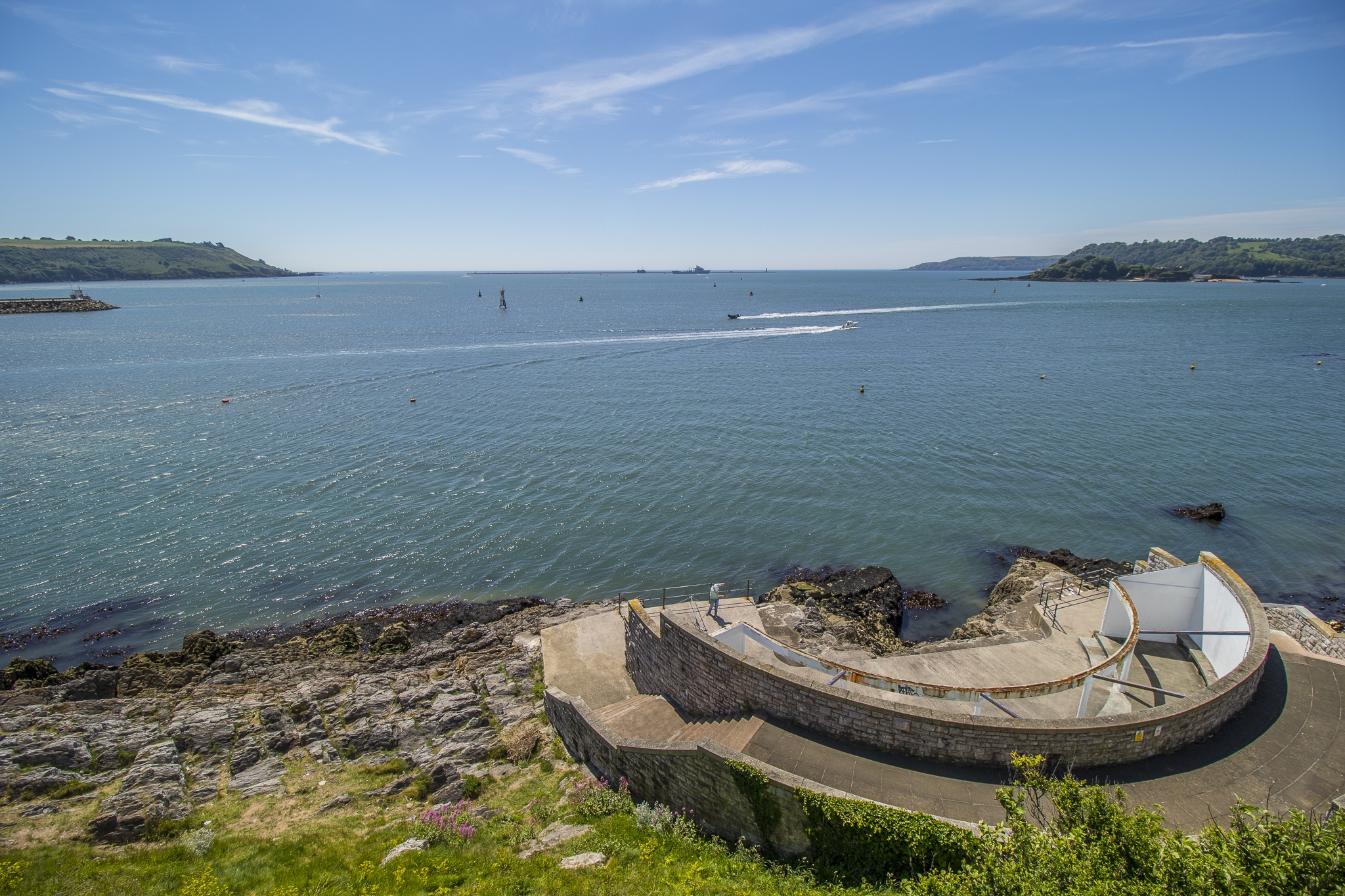

- Contact Us
- Search
-
Mayflower400 partner destinations:
The Mayflower Water Trail
Enjoy a tour of Plymouth Sound on the historic barge 'LYNHER', built in 1896 to move cargo along the Plymouth waterways.
'LYNHER' is the only historic boat representing the Plymouth maritime heritage that is still in commission. Her broad beam and solid displacement provide a stable and safe environment for passengers to sit and enjoy the landscape in all comfort.
Board 'LYNHER' at the Barbican landing next to the Mayflower Steps, and experience setting off from this historic landmark before sailing towards the Breakwater. Circumnavigate Plymouth Sound under sail with the option to take part in the sailing hands-on, or simply relax on deck.
Imagine how the Pilgrims would have felt leaving the Breakwater and Plymouth behind, looking at the vast expand of water separating them from a long-awaited life away from persecution.
Continue to sail into Cawsand Bay and back north of the Breakwater, past Drake's Island - originally known as St Nicholas' Island and now known as Drake's Island in honour of Francis Drake, who set sail from Plymouth in 1588 to defeat the Spanish Armada.
Then return to the Barbican after a three-hour adventure to explore further features related to the Mayflower 400 commemorations.

Where?
Plymouth Sound, the Breakwater, views of Drake's Island, the Citadel, the Barbican, Mountbatten Tower from the water.
Tour provider
Lynher River Barge
The Gymnasium
Obelisk Field
Cremyll
PL10 1HX
Contact
Barbara Bridgman barbara@tamarbarge.org.uk
01752 710052 / 07989 160950 / lynher@tamarbarge.org.uk
Booking details
Tour Highlights
- The Breakwater, built in 1812 to protect Plymouth from the French threat.
- Cawsand Bay, featuring the beauty of the Cornish coastline.
- Drake's Island and the underwater World War II defences west of Drake's Island, built to stop U-Boats entering the Sound.
- The view from the water of the Citadel, the military fortification built in 1660s.
- Plymouth Hoe, with its feature landmark, the Eddystone Lighthouse, built by John Smeaton in 1759, before being taken apart from the Eddystone Reef and re-built brick by brick on land.
- The Mountbatten Tower, a 30m tall artillery tower built in 1652 to protect Plymouth during the Anglo-Dutch war.
- The Barbican and the famous Mayflower Steps, where the Pilgrims boarded the Mayflower and the Speedwell.
Sign up for the latest Mayflower 400 news
You'll be the first to hear the latest Mayflower news, events, and more.
Log In
Register
Mayflower 400 Proudly Supported by our National Sponsors and Funding Partners






